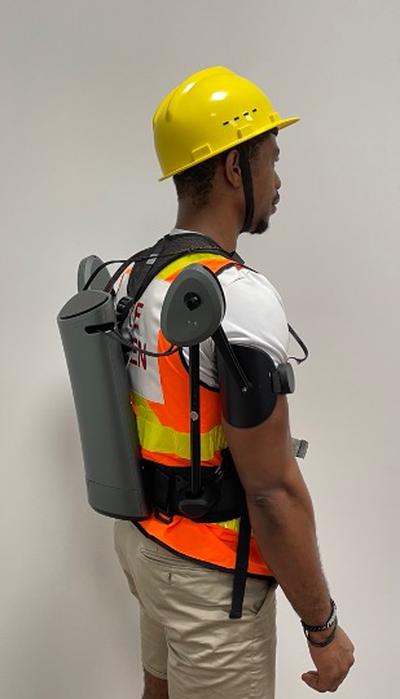A novel, lightweight shoulder support exoskeleton with for industrial workers who perform overhead tasks.

Shoulder injuries rank as the second most prevalent injuries in the workplace. In sectors such as construction and manufacturing, workers frequently engage in tasks demanding shoulder flexion, such as lifting heavy objects overhead, wielding tools at elevated angles, and installing fixtures or components above head height. Given the recurrent nature of these actions and their associated risks, there's a pressing need for an assistive solution. We have developed a novel shoulder support exoskeleton that assists the shoulder joint in these type of tasks. We have designed both passive and active versions of the exoskeleton design.

